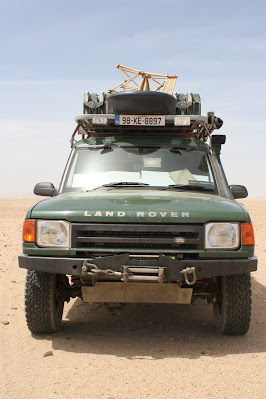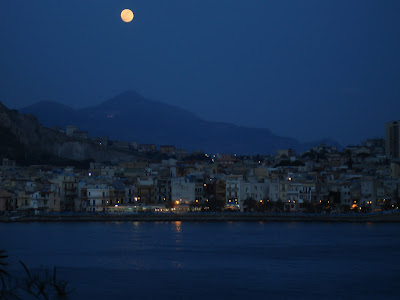16 Countries - 98 Days - 14,823 Miles - 23,855 Km - Cheapest fuel €0.15 (Alg) - Dearest fuel €1.16 (Italy) - 1 Puncture - 3kg Lighter - 1455 Photographs - 50˚C (Agadez, Niger) - 5 days, longest stop (Agadez again)
My highlights were
- First encounter with real desert in Mauritania
- All of Mali - the baobabs, the music clubs of Bamako, and especially the Dogon region and the river trip to Niafounké
- The mountains and deserts in Southern Algeria
The most enjoyable aspect of the journey was the people, especially away from the tourist centres of Morocco and Tunisia. Not a day passed without an interesting encounter.
Travelling overland, it is striking how quickly you can move from the rich world to the poor. Taking the UN Human Development Index as a guide we moved from Ireland (4th highest) to Spain (19); then - just eight miles over the Gibraltar Strait - to Morocco (123), Mauritania (153), Mali (175) and Niger (177), the poorest country of all by UN rankings.
Yet, despite all the problems of climate, poor government, and the daily struggle for survival, these are safe and fascinating places to visit. Well organised tourism, such as we experienced in the Dogon and southern Algeria, is one way to make a direct contribution to their development, in my opinion.
Anyway, this is the last post, and a big Thank You to everyone who wrote to say you enjoyed reading and travelled in spirit, it was great to get your emails and comments. And appreciation to my co-drivers Stefanie, Jason and Con for sharing the journey.
Now, if you know anyone interested in buying a well-tested Land Rover, you know where to look!



















